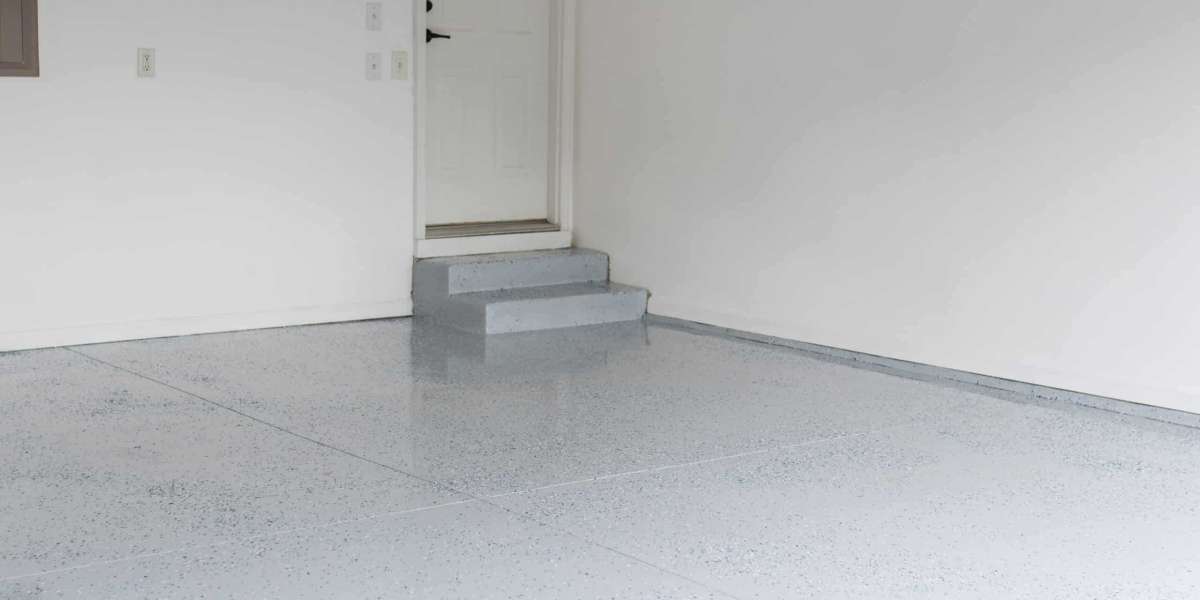Floor Levelling and Flattening
Uneven or sloped floors are more than just a visual problem. They can lead to cracks, unstable furniture, trip hazards, and costly flooring failures. Floor levelling and flattening is the essential step before installing hardwood, tiles, or vinyl. Whether you're renovating a home or prepping for commercial flooring, knowing how to address floor imperfections can save time, effort, and money. This guide explains how to achieve a smooth, safe, and long-lasting floor surface.
Professional Floor Surface Preparation Services
Preparing the surface is one of the most important phases in flooring projects. Without proper levelling, even the most premium materials will show flaws and degrade quickly.
How Floor Levelling Works in Different Settings
Residential Applications
Homeowners often notice bouncy floors or uneven spots when installing new flooring. Self-levelling compounds and grinding methods are used to correct these imperfections for a perfect base layer.
Commercial and Industrial Projects
Warehouses and retail spaces require completely flat surfaces for safety and equipment use. Commercial floor levelling involves laser-guided tools and larger-scale flattening systems.
Before Tiling or Hardwood Installation
Tile and hardwood are especially sensitive to imperfections. Any slope or dip beneath can result in uneven surfaces, cracking, or noise. Levelling creates a consistent subfloor for trouble-free installation.
Concrete Floor Flattening Techniques
Flattening involves grinding high spots and filling low areas. Using industrial grinders, contractors remove ridges, curing defects, and coatings to create a smooth concrete base.
Why Floor Levelling Is So Important
Level floors improve the performance, durability, and appearance of your floor coverings. It also plays a key role in overall structural integrity.
Avoid Premature Flooring Failure
When floors are not level, the weight distribution becomes uneven, especially in laminate and tile installations. This leads to gaps, cracks, and premature wear.
Increase Property Value and Appeal
Whether for residential resale or commercial presentation, a perfectly flat floor boosts overall property value and enhances interior aesthetics.
Enhance Safety in High Traffic Areas
Sloped or warped floors increase the risk of trips and falls. In commercial settings, this is a liability risk. Flattening ensures smooth foot traffic and accessibility.
Support Proper Drainage and Water Flow
Especially in basements or industrial spaces, levelling ensures proper water flow and reduces pooling. This helps prevent mould, mildew, and moisture damage.
Different Methods Used for Floor Levelling and Flattening
There are various approaches to levelling and flattening depending on the type of flooring, severity of the problem, and the existing substrate.
Self Levelling Compound Application
Used for minor dips and surface smoothing, self-levelling compounds flow over the surface and settle flat. They are great for preparing substrates for vinyl and laminate.
Diamond Grinding for High Spots
Grinding removes high spots, old adhesives, and surface contaminants from concrete slabs. This method is ideal for achieving a clean, level surface before polishing or coating.
Mudjacking and Concrete Resurfacing
In larger industrial or garage floors, mudjacking or concrete patching helps raise sunken sections. Resurfacing overlays provide a brand-new finish without total replacement.
Laser Guided Floor Levelling Technology
For commercial settings or precision-sensitive installations, laser-guided tools help detect slopes and deliver millimetre-perfect levelling. This is crucial for showrooms and healthcare facilities.
Common Floor Levelling Challenges and Fixes
Knowing what can go wrong helps you prepare better and get it right the first time.
Cracked or Crumbling Subfloors
Old concrete or wood substrates may crack under pressure. Repair materials and sealers are used before flattening to ensure the base holds.
Moisture in the Subfloor
High moisture content disrupts levelling compounds and leads to flooring damage. Moisture tests and sealers are used to prepare damp areas.
Inaccessible Low Spots
When dips appear beneath cabinets or fixed installations, specialists use injectables or hand tools to reach these areas without demolition.
Multiple Layers of Old Flooring
Old flooring layers, especially in renovations, create uneven surfaces. Floor levelling professionals strip, grind, and recondition the surface before applying levelling compounds.
Tips to Prepare for a Floor Levelling Project
Proper preparation makes the process faster and helps achieve better long-term results.
Clear and Clean the Area
Remove furniture and old flooring materials before the project. Dust and debris should be cleaned to ensure proper adhesion of compounds and grinders.
Check the Subfloor Condition
Inspect for damage, cracks, or water issues before starting. Addressing these early helps avoid unexpected issues during the levelling process.
Plan for Cure Time
Levelling compounds require time to cure. Schedule other flooring work after the required drying period to avoid disturbing the surface.
Work with Trained Professionals
Improper levelling can ruin expensive flooring. Hire trained experts with the right tools and experience to ensure precise flattening.
Frequently Asked Questions
How do I know if my floor needs levelling
If you notice uneven tiles, bouncy wood floors, visible slopes, or gaps under furniture, your floor likely needs levelling.
What is the best way to level a concrete floor
Diamond grinding and self-levelling overlays are most effective. The method depends on whether you're fixing high spots or filling dips.
Can I level a floor myself
While small fixes can be DIY, larger or commercial projects require professionals with proper tools to ensure a durable, flat result.
How long does floor levelling take
The process can take a few hours to a couple of days depending on the area size and cure time of the materials used.
Is floor levelling required before installing hardwood
Yes, hardwood is very sensitive to uneven surfaces. Levelling ensures tight joints, smooth finishes, and prevents squeaks or gaps.
Final Verdict
Whether you're upgrading your home flooring or preparing a commercial space, floor levelling and flattening is a critical step you should not ignore. It ensures that your new flooring looks better, lasts longer, and performs as expected. From basic dips to major slopes, experts can help address all types of issues using professional tools and proven methods.
For top-quality floor levelling and flattening, AK Level Polish offers precision services tailored to residential, commercial, and industrial projects. Visit them at #8-340 Don Park Rd, Markham, Ontario L3R 1C5 or call 647-699-2668 to get expert help. Learn more about their services at aklevelandpolish.com or reach out directly via aklevelandpolish@gmail.com. You can also find their exact location on Google Maps.








